Contents
What is a mailing bag?
Mailing bags are bags used to protect and wrap items for safe transport through the postal system. They are usually made of durable materials such as plastic, paper or cloth to ensure that the items are protected from damage during transportation. These bags are designed in a variety of sizes and thicknesses to accommodate items of different sizes and weights. To ensure the safety of the package during transportation, they may also be waterproof, tear-proof or crush-proof. Mailing bags often have address windows or label areas on them to facilitate the affixing of the recipient and sender’s details. They are an integral part of everyday mailing and e-commerce, helping to ensure that items reach their destination safely and quickly.
Types of Mailing Bags
Biodegradable mailing bags
Biodegradable mailing bags are an eco-friendly alternative to traditional plastic packaging, designed to break down naturally over time through the action of microorganisms, reducing their environmental impact. Made from materials such as cornstarch, potato starch, or other renewable resources, these bags are engineered to decompose in composting conditions, often within a matter of months, without leaving harmful residues behind. They maintain the durability and functionality needed for secure mail delivery while offering a sustainable solution that aligns with green initiatives and helps to reduce the accumulation of plastic waste in landfills and oceans.
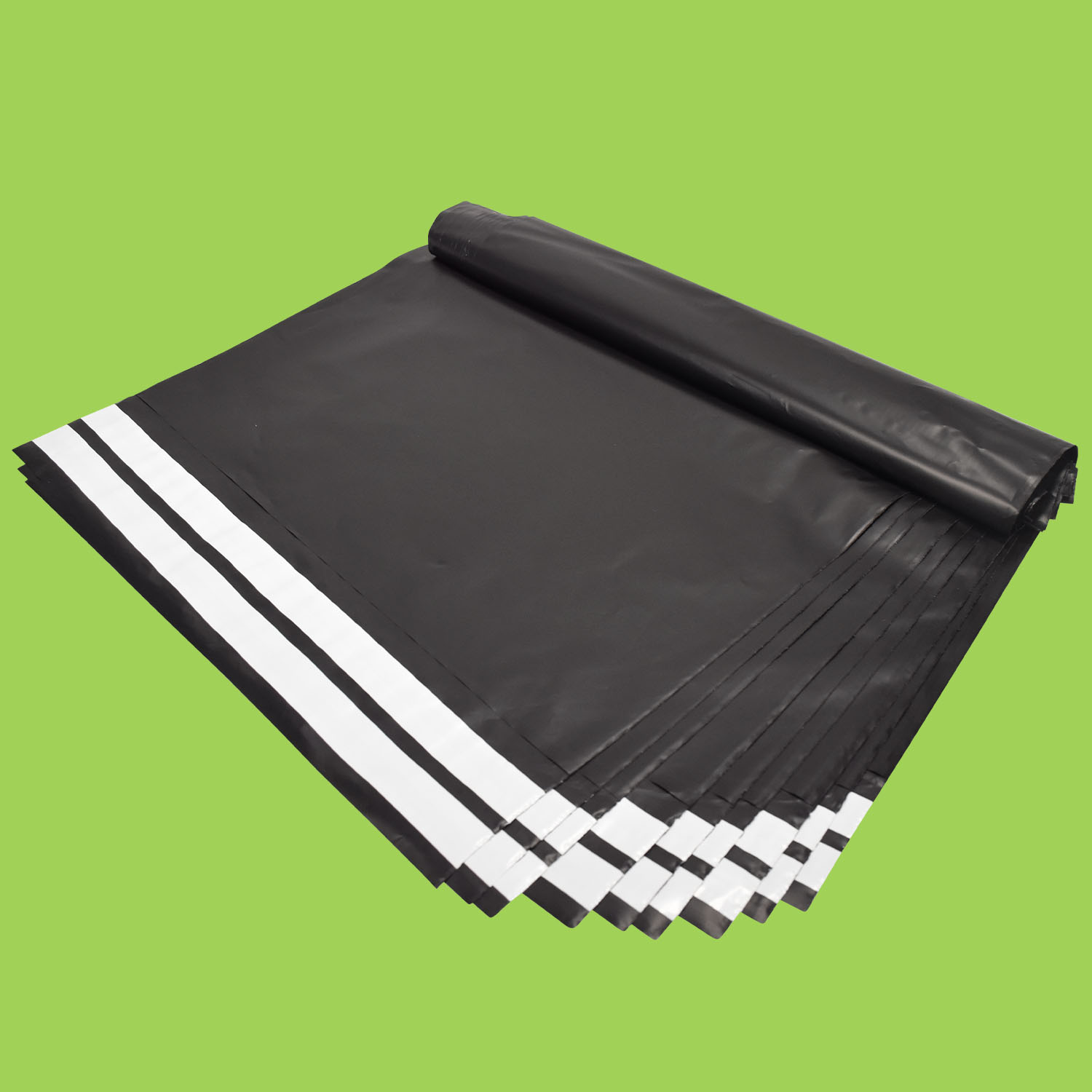
Paper Mailing Bags
Paper mailing bags are a versatile and environmentally conscious choice for packaging, offering a recyclable and often reusable solution that provides a sturdy protective layer for a wide range of items. Crafted from various types of paper materials, including kraft paper known for its strength and durability, these bags can feature a simple yet secure closure system, such as adhesive strips or cinch ties, and are easily customizable with printing for branding or decorative purposes. Their lightweight nature and the ability to be folded flat when not in use make them a space-efficient and cost-effective option for both commercial shipping and personal mailing needs.
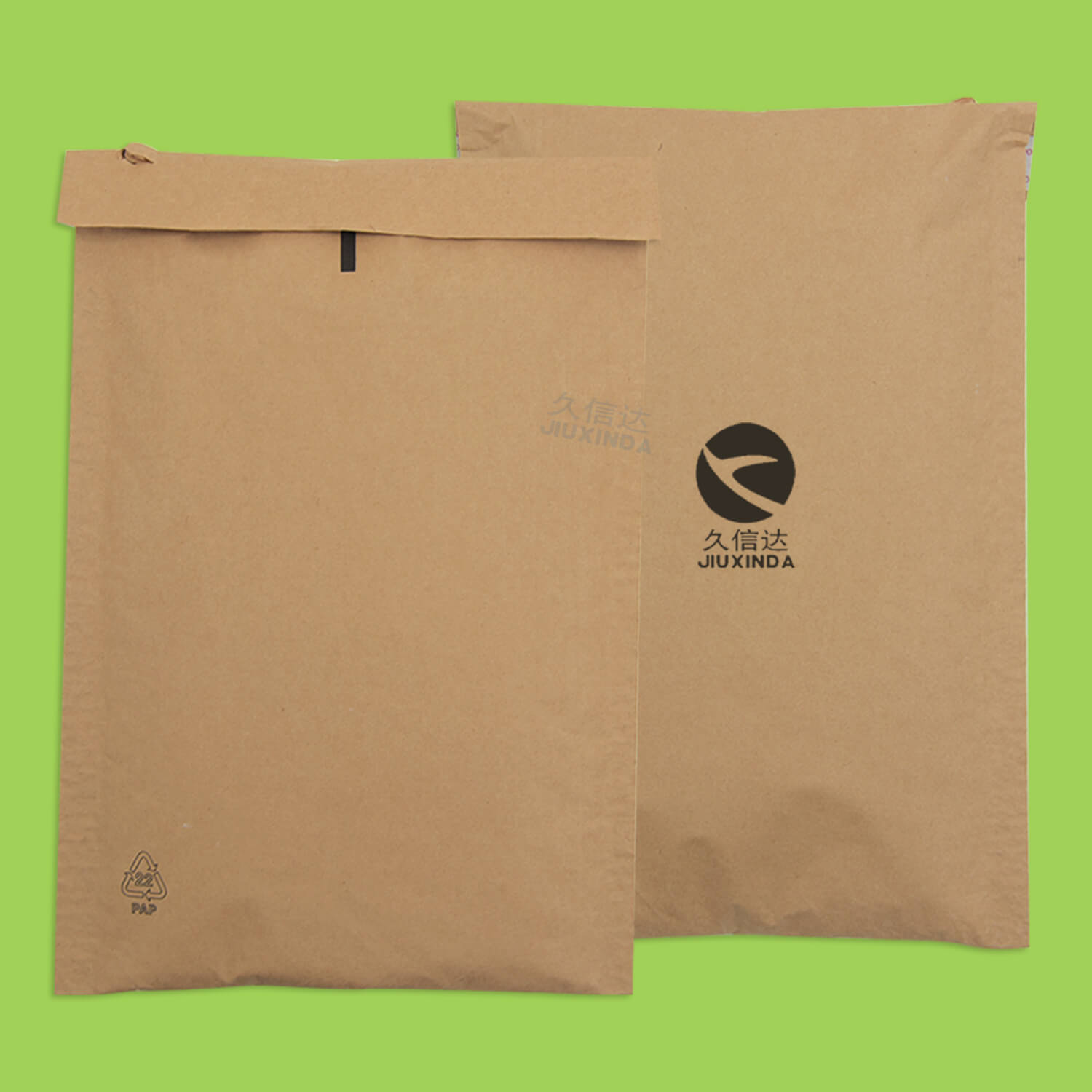
Recyclable mailing bags
Recyclable mailing bags are designed with sustainability in mind, providing a practical and earth-friendly option for shipping items. Made from materials such as polyethylene or paper that can be processed and repurposed after use, these bags help reduce waste and contribute to the circular economy. They often include features like tear-resistant construction for durability and self-sealing closures for convenience, while also being marked with recycling symbols to encourage proper disposal and processing. Recyclable mailing bags are an ideal choice for businesses and individuals looking to minimize their ecological footprint while still ensuring the safe and secure delivery of packages.
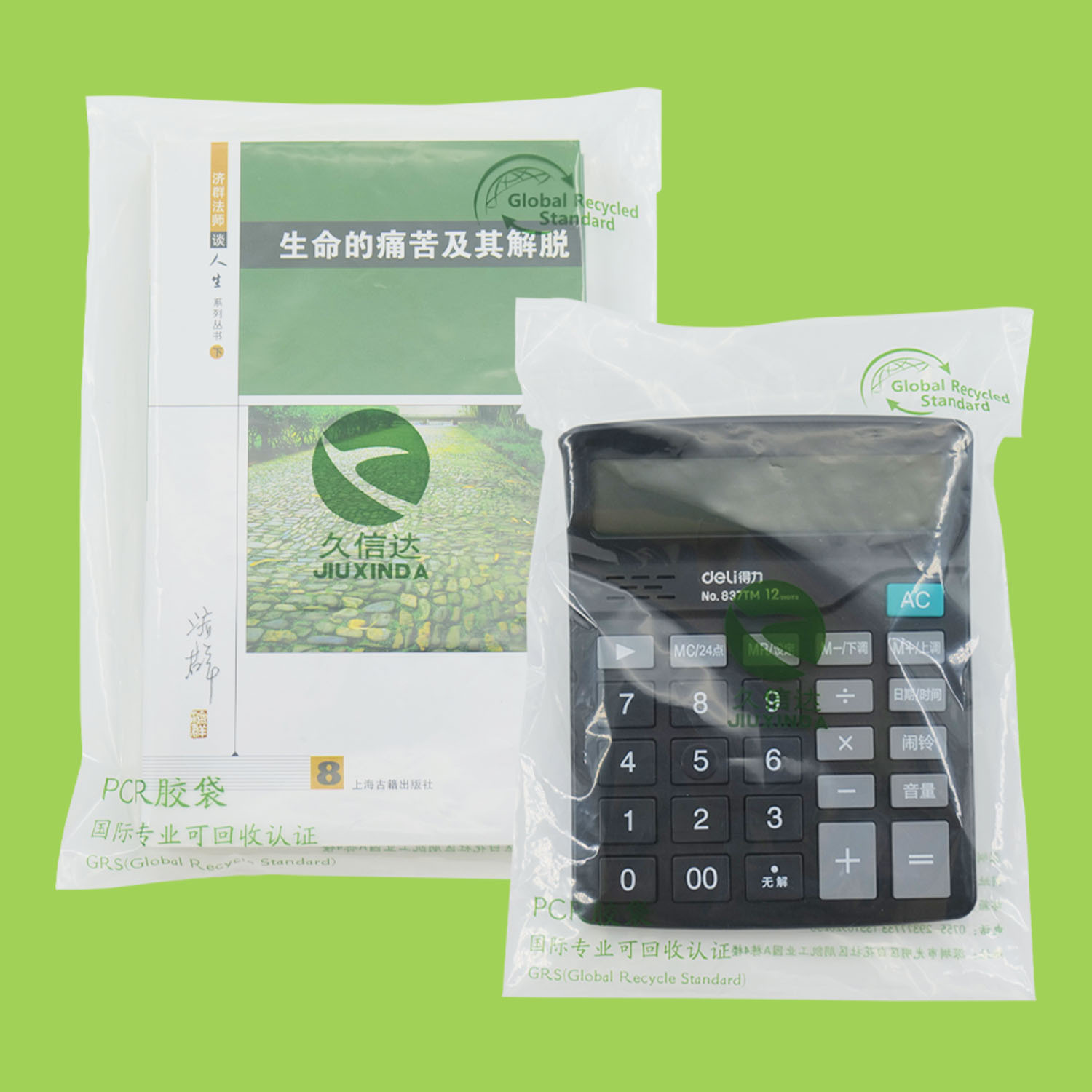
Bubble mailing bag
Bubble mailers, also known as padded envelopes, are a type of mailing bag designed to provide additional protection for items during transit. These bags are made from a plastic material with a layer of air-filled bubbles that cushion the contents, absorbing shocks and minimizing the risk of damage. They are lightweight, water-resistant, and come in various sizes to accommodate different package dimensions. The self-sealing adhesive strip ensures a secure closure, and the outer plastic layer can be customized with shipping information or branding. Bubble mailers are a cost-effective and efficient solution for e-commerce shipping, as well as for personal use, offering a balance of protection, convenience, and affordability.
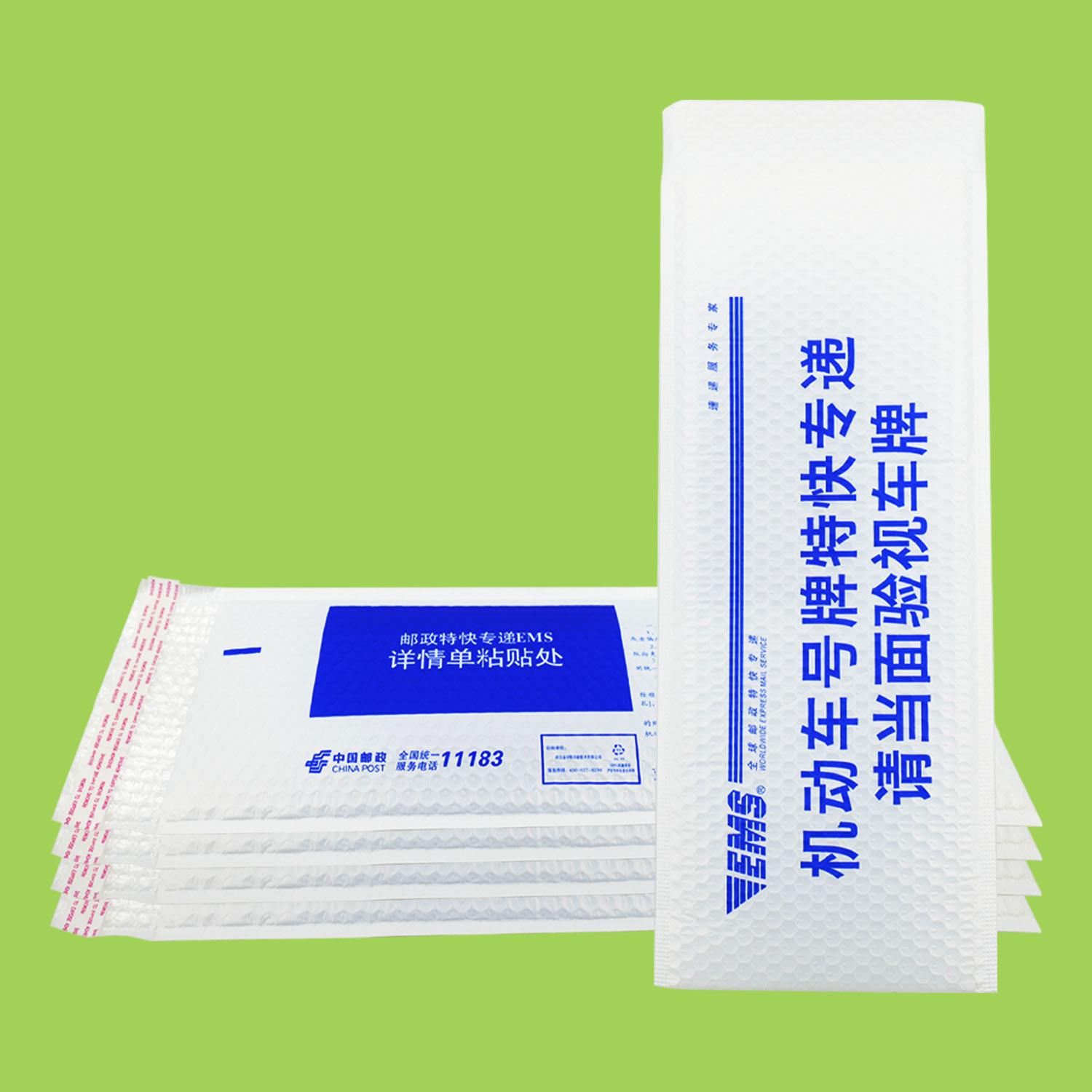
Honeycomb paper mailing bag
Honeycomb paper mailing bags are an innovative packaging solution that combines strength and sustainability, making them an excellent choice for shipping various items. Constructed from a unique honeycomb structure, these bags provide exceptional cushioning and protection while remaining lightweight, which helps reduce shipping costs. The honeycomb design allows for flexibility and adaptability, enabling the bags to conform to the shape of the contents, ensuring a snug fit. Made from recyclable materials, honeycomb paper mailing bags are eco-friendly and contribute to reducing plastic waste. Their sturdy construction and protective qualities make them ideal for e-commerce businesses and individuals looking for a reliable and environmentally conscious packaging option.
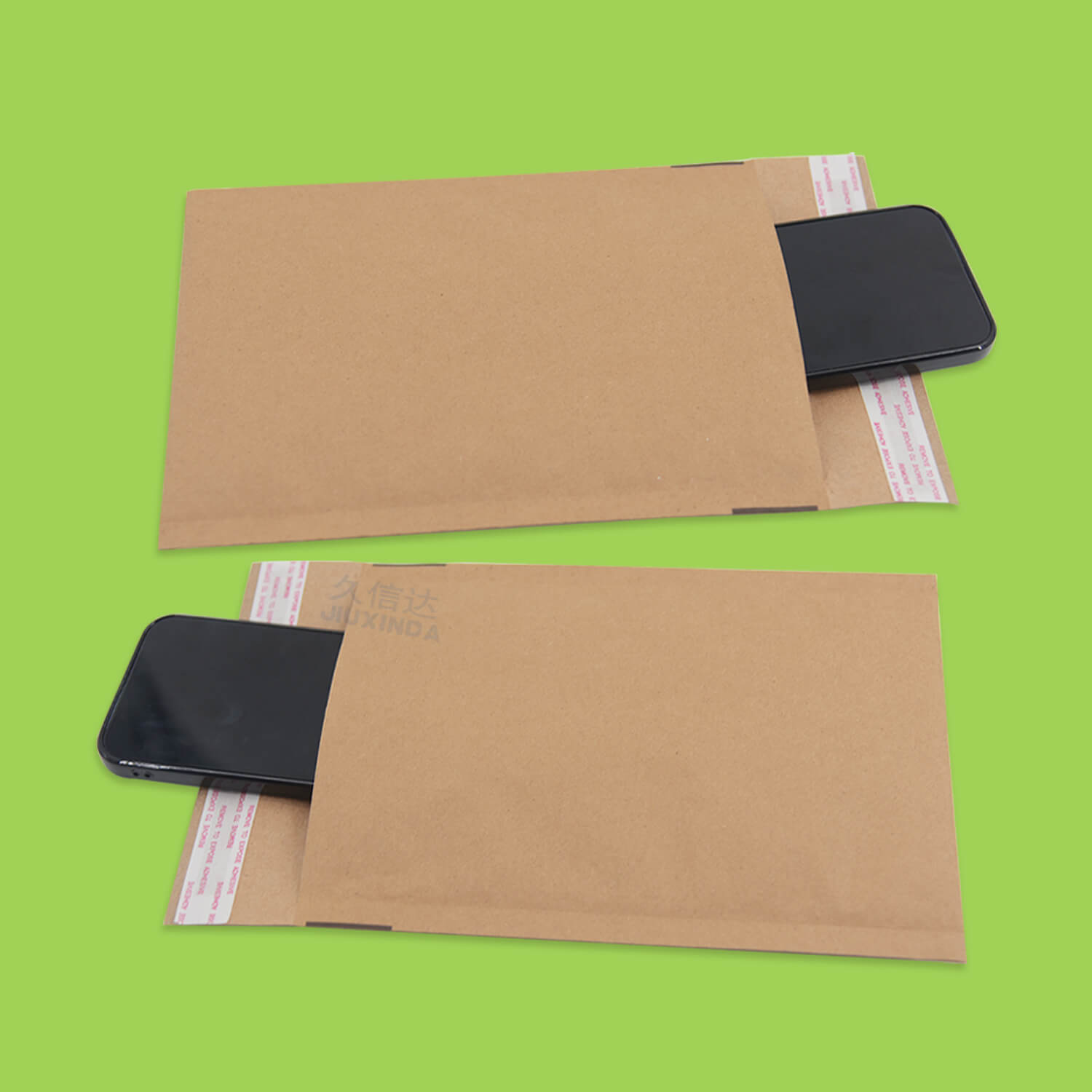
Comparison of the characteristics of different types of mailing bags
Here’s a comparative table of characteristics for different types of mailing bags:
| Feature/Type | Paper Mailing Bags | Recyclable Mailing Bags | Bubble Mailing Bags | Honeycomb Paper Mailing Bags |
| Material | Paper, Kraft Paper | Recyclable Plastic, Paper | Plastic Bubble Film, Paper | Paper Pulp, Honeycomb Structure |
| Protection | Good, suitable for lightweight items | Good, suitable for a variety of items | Excellent, shock protection | Excellent, structural protection |
| Durability | Fair | Good | Good | Excellent |
| Weight | Light | Light to Medium | Light to Medium | Light |
| Environmental | Recyclable | Highly Recyclable | Partially Recyclable | Recyclable |
| Customizability | Customizable with printing | Customizable with printing | Customizable with printing | Customizable with printing |
| Water Resistance | Fair | Depends on material | Good | Fair |
| Convenience | Easy to seal and open | Easy to seal and open | Self-sealing | Easy to seal and open |
| Transparency | Available in opaque or transparent | Depends on material | Opaque | Opaque |
| Reusability | Fair | Depends on material | Fair | Fair |
| Tear Resistance | Fair | Good | Good | Excellent |
| Suitable for Items | Documents, lightweight items | Wide range | Fragile items requiring shock protection | Heavy items requiring structural protection |
Please note that these characteristics can vary based on specific products and manufacturers.
Mailing bag size
| Size Specification | Length (in) | Width (in) | Length (cm) | Width (cm) | Description |
| Small | 8-12 | 6-8 | 20.3-30.5 | 15.2-20.3 | Suitable for small items such as documents, books, and small gifts |
| Medium | 12-16 | 8-12 | 30.5-40.6 | 20.3-30.5 | Suitable for medium-sized items such as clothing, small appliances |
| Large | 16-24 | 12-18 | 40.6-60.9 | 30.5-45.7 | Suitable for larger items such as shoeboxes, medium-sized appliances |
| Extra Large | 24-30 | 18-24 | 60.9-76.2 | 45.7-60.9 | Suitable for extra-large items such as large appliances, furniture |
Please note that these dimensions are approximate and can vary slightly depending on the manufacturer. The choice of mailing bag size should be based on the volume and weight of the mail contents to ensure proper protection and cost-effectiveness.
Mailing bag materials
Biodegradable Materials
Biodegradable materials used in the manufacturing of mailing bags are typically derived from renewable resources such as cornstarch, potato starch, or polylactic acid (PLA), which are processed to create plastics with a lower environmental impact. These materials are designed to break down over time when exposed to certain environmental conditions, such as microbial activity in composting facilities or specific temperature and humidity levels. The degradation process results in the reduction of the material to water, carbon dioxide, and humus, minimizing the accumulation of plastic waste in landfills and the environment. The use of such bio-based and biodegradable materials in mailing bags offers a more sustainable alternative for packaging, catering to the growing demand for eco-friendly shipping solutions.
Recyclable plastics
Manufacturing mailing bags from recyclable plastics involves the use of materials such as polyethylene terephthalate (PET), high-density polyethylene (HDPE), or polypropylene (PP), which are collected, sorted, and processed to be repurposed into new bags. This process not only extends the life cycle of the plastic by preventing it from ending up in landfills but also reduces the need for virgin materials, thereby conserving resources and energy. Recyclable plastics offer a sustainable solution for mailing bag production, as they can be reprocessed multiple times without significant loss in quality, supporting the circular economy and promoting environmental responsibility.
Recyclable paper
Manufacturing mailing bags from renewable paper involves utilizing paper sourced from sustainably managed forests or recycled paper materials. This paper is chosen for its strength and durability, often being made from kraft paper, which is a strong, brown paper commonly used for packaging. The paper is processed to ensure it has the necessary rigidity and tear resistance for mailing purposes, and it can be coated or treated to provide additional protection against moisture. Renewable paper mailing bags are an eco-friendly option that is recyclable and biodegradable, making them a popular choice for businesses and consumers who are environmentally conscious and seeking to reduce their carbon footprint.
Environmental Policy for Mailing Bags
Environmental policies for mailing bags are increasingly focusing on promoting sustainability throughout their lifecycle, from production to disposal. This involves encouraging the use of materials that are either biodegradable, such as those derived from plant-based sources, or are recyclable, ensuring that they can be repurposed instead of ending up in landfills. Policies also advocate for reduced packaging through efficient design, the use of recycled content in the production of mailing bags, and the implementation of clear recycling guidelines for consumers. Additionally, there’s a push towards more responsible sourcing practices, such as using paper from certified forests that are managed with environmental and social responsibilities in mind. These policies aim to minimize the environmental impact of mailing bags while still meeting the functional needs of secure and convenient shipping.
What products should be mailed using mailing bags?
The following table describes which types of products typically use mailing bags:
| Product Category | Examples |
| Documents and Papers | Legal documents, books, certificates, invoices |
| Clothing and Textiles | Garments, shoes, accessories,Home Textiles |
| Electronics | Smartphones, laptops, headphones, small appliances |
| Health and Beauty | Cosmetics, personal care products, vitamins |
| Home and Kitchen | Kitchenware, small appliances, decorative items |
| Toys and Hobbies | Board games, collectibles, craft supplies |
| Food and Beverages | Non-perishable food items, coffee, tea, snacks |
| Office Supplies | Stationery, office organizers, desk accessories |
| Personal Care | Personal hygiene products, health monitors |
| Gardening and Outdoors | Seed packets, small gardening tools, outdoor gear |
| Media | CDs, DVDs, Blu-ray discs, video games |
| Jewelry and Watches | Watches, bracelets, necklaces, rings |
| Sports Equipment | Fitness accessories, sports balls, small exercise equipment |
The choice of mailing bag for these products depends on the size, weight, and fragility of the items, as well as the shipping destination and any specific postal regulations that may apply. Mailing bags provide a protective and often cost-effective solution for a wide range of products being sent through the mail.
Advantages and Disadvantages of Mailing Bags
| Advantages | Disadvantages |
| Cost-Effective | Limited Durability |
| – Inexpensive compared to other packaging options. | – Not as strong as boxes or rigid envelopes. |
| Ease of Use | Not Suitable for Heavy Items |
| – Easy to seal and open. | – Not designed for heavy or bulky items. |
| Lightweight | Potential for Damage in Transit |
| – Reduces shipping costs due to lower weight. | – Can be damaged by rough handling or punctures. |
| Versatility | Not Water Resistant |
| – Suitable for various items and sizes. | – Not ideal for items that need to be kept dry. |
| Recyclable | Not Tamper-Proof |
| – Many mailing bags are made from recyclable materials. | – Can be opened without leaving obvious signs of tampering. |
| Customizable | Not Ideal for Fragile Items |
| – Can be printed with branding or custom designs. | – Lack the padding or structure to protect fragile items well. |
| Quick to Pack | Not Reusable |
| – Can be filled and sealed quickly. | – Typically not designed for multiple uses. |
| Visibility | Potential for Contamination |
| – Clear mailing bags allow for easy inspection of contents. | – Not sealed in a way that prevents contamination. |
| Widely Available | Not Suitable for All Types of Shipping |
| – Can be easily purchased in bulk or as needed. | – Not suitable for all types of shipping due to limitations in protection and durability. |
Summarize
Mailing bags are versatile packaging solutions designed to cater to a wide array of products, from documents and clothing to electronics and food items. They are crafted from materials such as renewable paper, recyclable plastics, or biodegradable materials, each offering a distinct set of advantages to align with environmental sustainability and practicality. These bags are chosen for their protective qualities, durability, and the convenience they provide to both senders and recipients. The selection of a mailing bag depends on the product’s dimensions, weight, and sensitivity to environmental factors, ensuring that the contents remain secure and undamaged during transit. With the growing emphasis on eco-friendly practices, mailing bags are increasingly made from sustainable materials, supporting the circular economy and reducing environmental impact. They are an integral part of the shipping process, facilitating the safe and efficient delivery of a diverse range of products across various industries.

